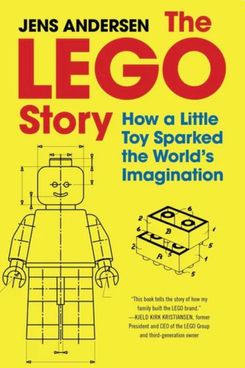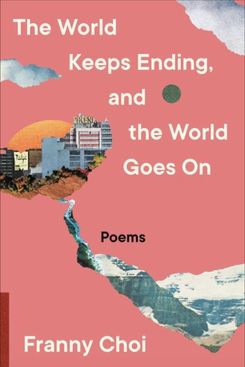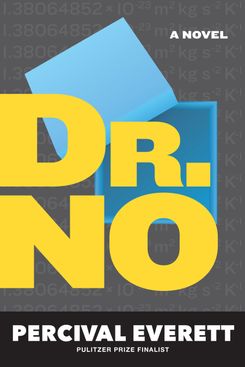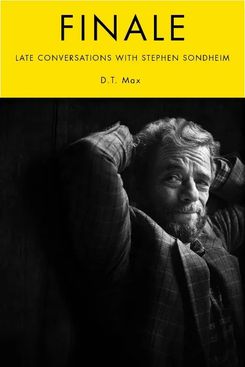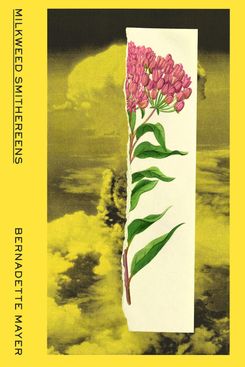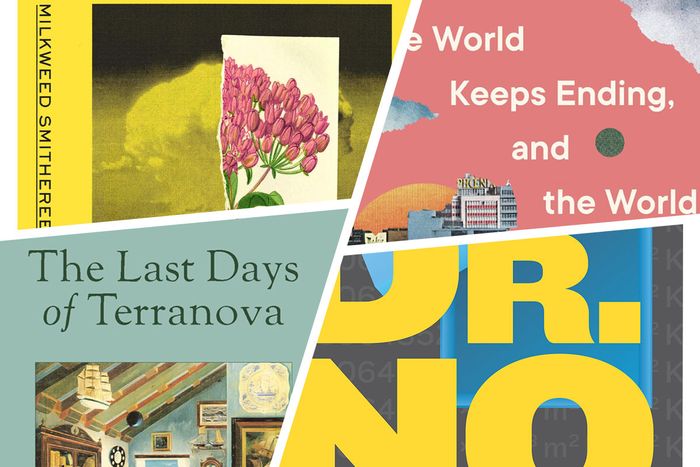
Each month, J. Howard Rosier will offer nonfiction and fiction book recommendations. You should read as many of them as possible.
How did stackable plastic blocks made by a Danish toy company become as ubiquitous in America as Tylenol and Kleenex? The Lego Story starts with the Christiansen family’s Great Depression–era decision to switch from carpentry to toys in order to stay afloat and brings us to the present — where, if Legoland and Lego films and the Lego reality-TV show are any indication, the Christiansens’ business is booming. The Lego Story’s greatest insight might not be that “any child …[can] become their own masons.” Rather, it’s the idea that adults would use the toys to rekindle their inner child. This change in perspective carried implications far beyond the world of play. “Adult writers dared to make children and childlike characters the first-person narrators of children’s books, giving children natural-sounding voices,” Andersen writes of the post-Lego literary landscape in mid-century Scandinavia. Sounds pretty close to 21st-century America, too.
The notion, so enthusiastically propagated by many news outlets, that our current moment is careening toward catastrophe may leave an audience on high alert. But to a certain reader — BIPOC/ALAANA, diasporic, marginalized — it’s old news. That position animates Choi’s latest collection of poetry, which neutralizes the feeling of apocalyptic panic by showing that xenophobia and brutality within an unequal society is, indeed, nothing new. Compounding the weariness of the past several years with that of the ages flies rather close to despair, but World eludes cynicism to cast generational trauma as a paean to survival: “Every day, an extinction misfires, and I put it to work.”
Leave it to the great Percival Everett to crack the Black-spy-novel code. Of course the only certifiable starting point for a spy novel set in the U.S. is with an evil billionaire, John Sill, who has a dastardly plan: harnessing the power of “nothing” to negate a world in which he never saw himself in the first place. In need of a sidekick, Sill’s money and influence entices the book’s protagonist, Wala Kitu, a mathematics professor at Brown who specializes in nothingness. That the novel takes Kitu from moral darkness into light (but not un-nothingness), while also being tender, funny, and wildly inventive with its characterization, shows a writer well into his prime who insists on challenging himself and his readers. The question of whether being nothing in America is an action or a judgment lingers long after its components have been deciphered.
Given Max’s association with David Foster Wallace (Max published a biography of him, Every Love Story is a Ghost Story, in 2012) you may be tempted to read his latest book as a foray into the essayistic and form-heavy journalism that DFW wrote between his fiction projects. Finale is an appreciation of a genius (arguably the greatest composer and lyricist musical theater has seen), but its journalistic project is less lofty. After Sondheim’s 2021 death ended Max’s multiyear effort to profile the composer, he compiled years of interview notes into this erudite and affably self-conscious memoir of the creative process, both Sondheim’s and his own. For every brilliant chunk of dialogue, there are multiple moments when Max invites readers into his thought process while interviewing, as well as first-person accounts of the frenzied desire he felt coaxing Sondheim into revealing what makes him tick. Max might not have gotten the blockbuster profile he wanted, but no one could accuse him of a lack of care or empathy.
As an offering of selected works removed from all context, Mayer’s newest poetry collection reads like a glimpse into a vivacious mind rankled by incessant stillness and external distractions: a life pace governed by extenuating circumstances. Poems old and new sit across from excerpts from the author’s COVID diary and precede and follow selections from The Second World of Nature, a collection of prose poems. Whether a pronouncement or a collecting of thoughts, one consistent through line in Milkweed Smithereens is nature itself: “blatantly blue” frozen waterfalls, “Asclepias / herbacious plants with a milky juice.” Bracing and carnal, Mayer provides an idiosyncratic way to acknowledge changes in contemporary consciousness while framing her work in a new and dynamic light.
The “total liquidation” sign in the window of the titular bookstore is one that Vincenzo, the proprietor, wants to take down but can’t. The sign could also describe the whorl of this novel’s internal action, which mimics the controlled rush of water moving down a drain. Yet the life moments that the narrator lands on in his recollections also feel like debris disturbing the book’s surface, agitating his consciousness only to return to the story’s top-level crisis: a store that survived Spain’s Francisco Franco dictatorship is being ransacked by profiteers. It helps that the writing is beautiful — Rivas’s magnificent prose, translated from the Galician by Jacob Rogers. The Last Days of Terranova is a rarity in type: a book about books that’s more lyrical than labyrinthine.


